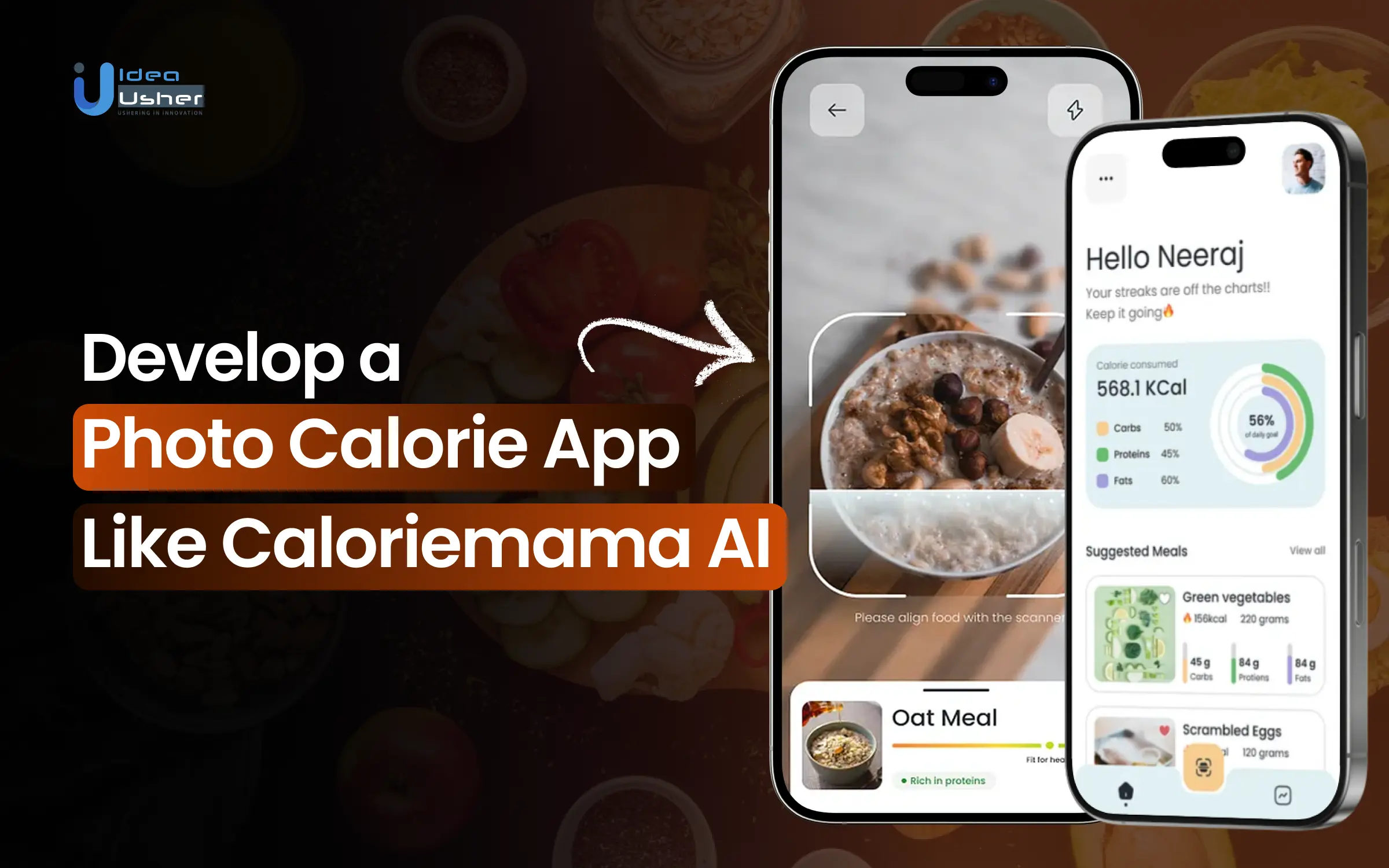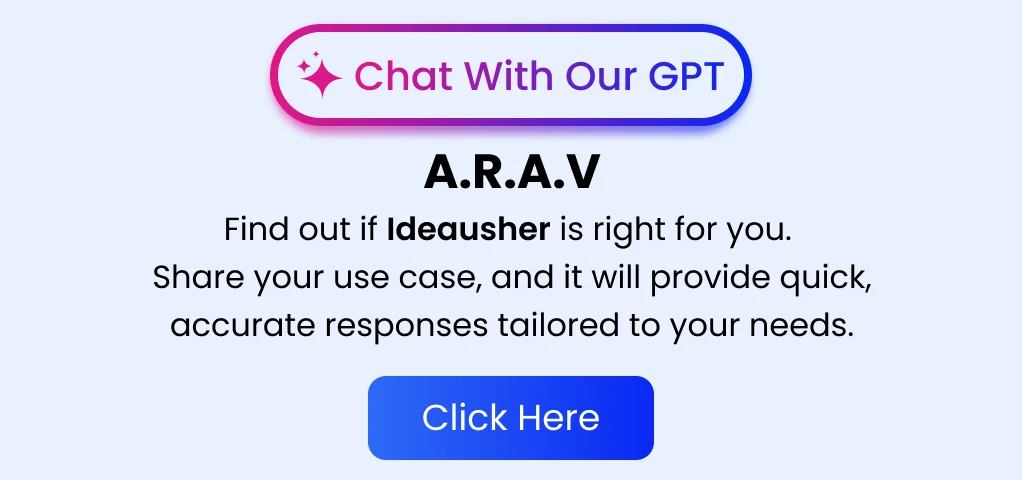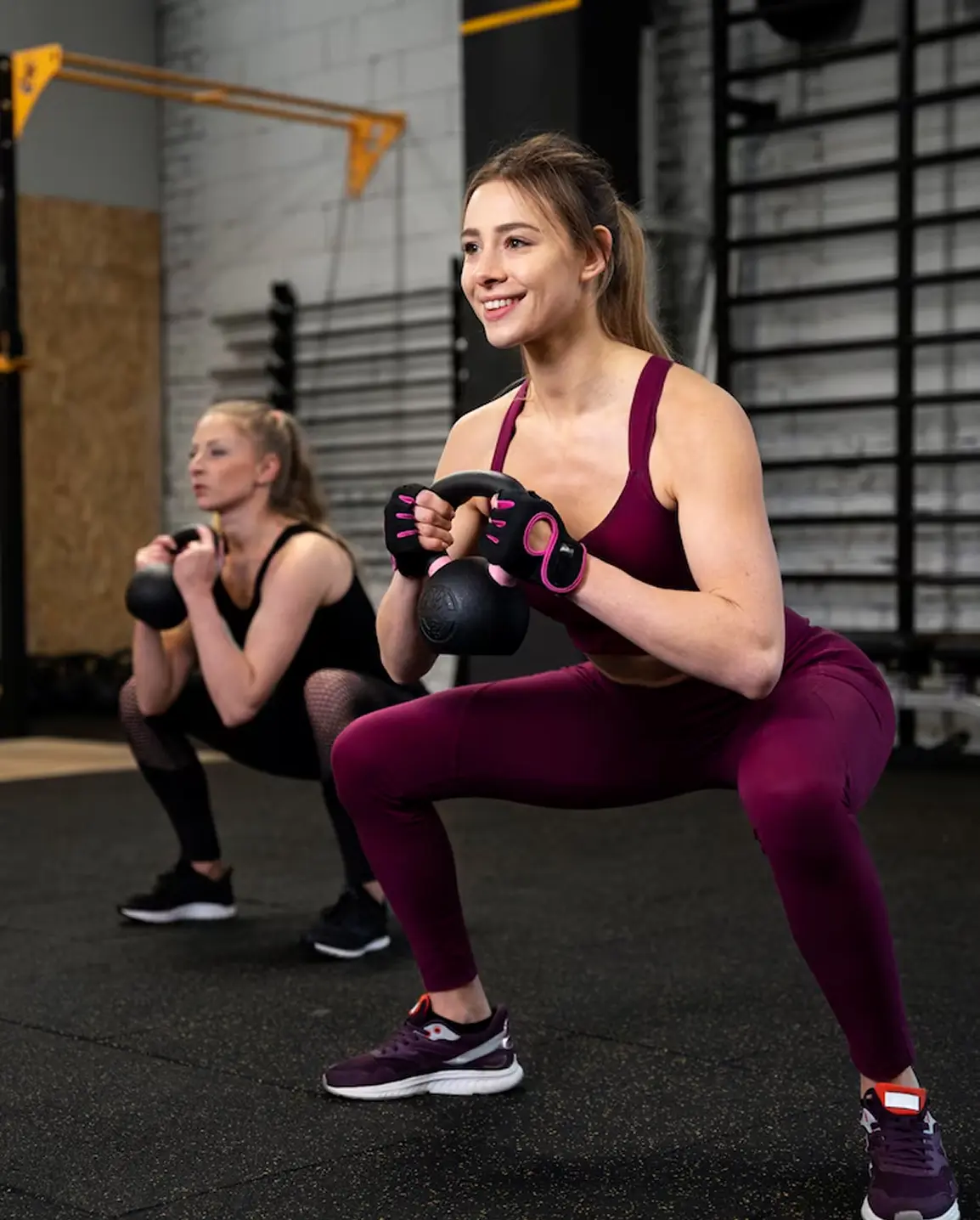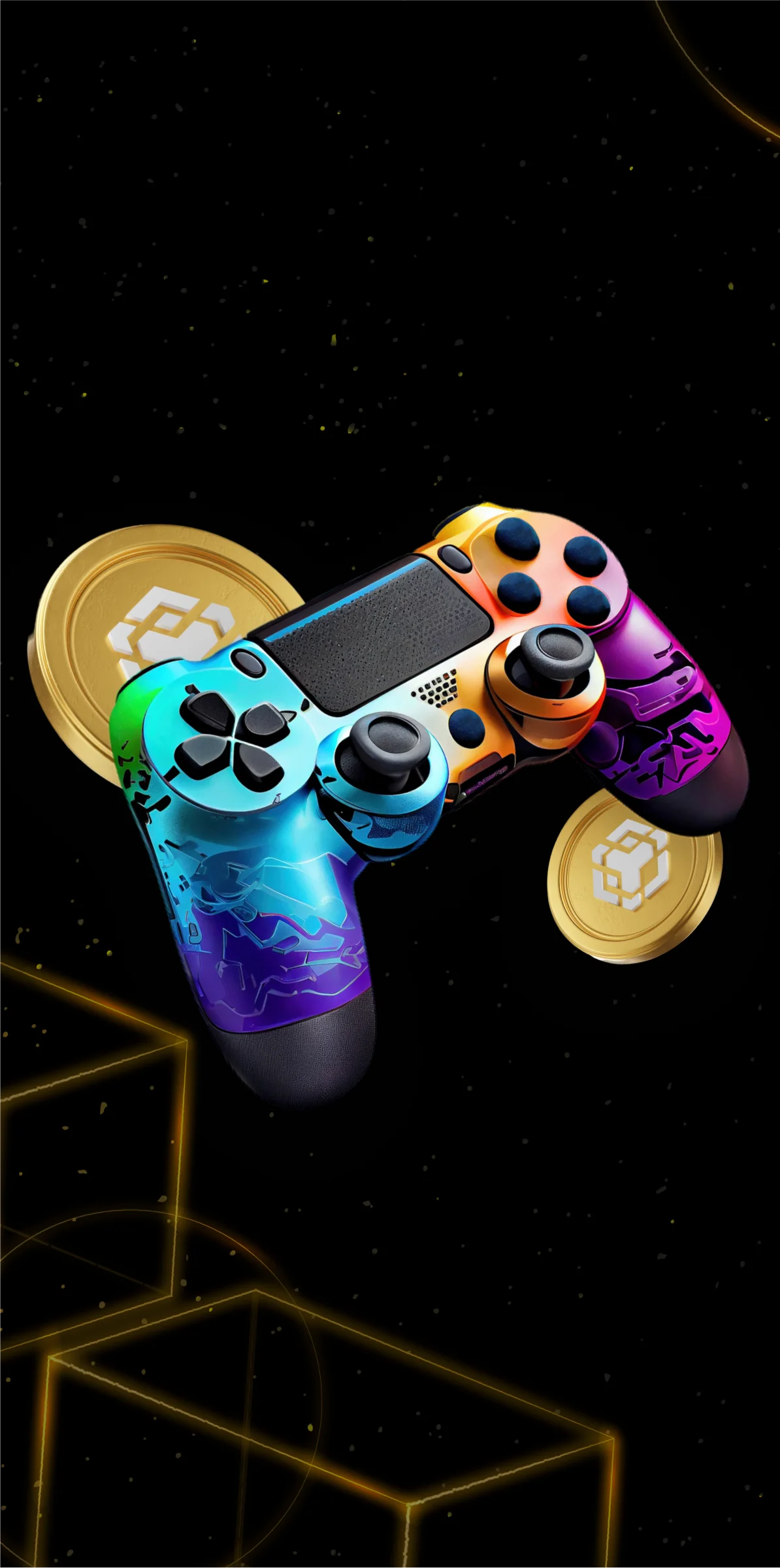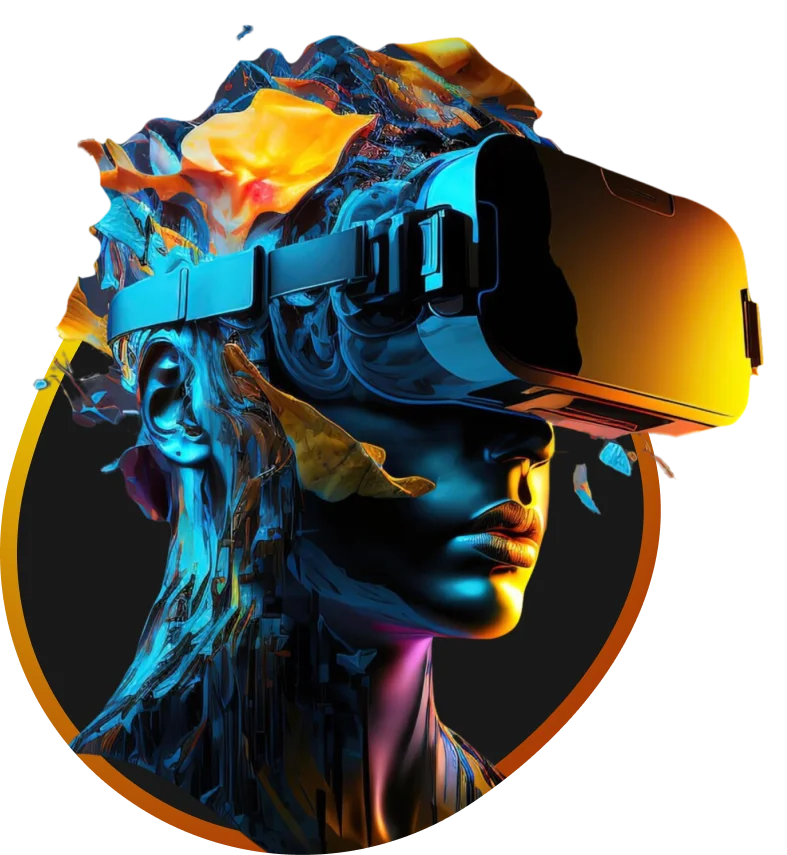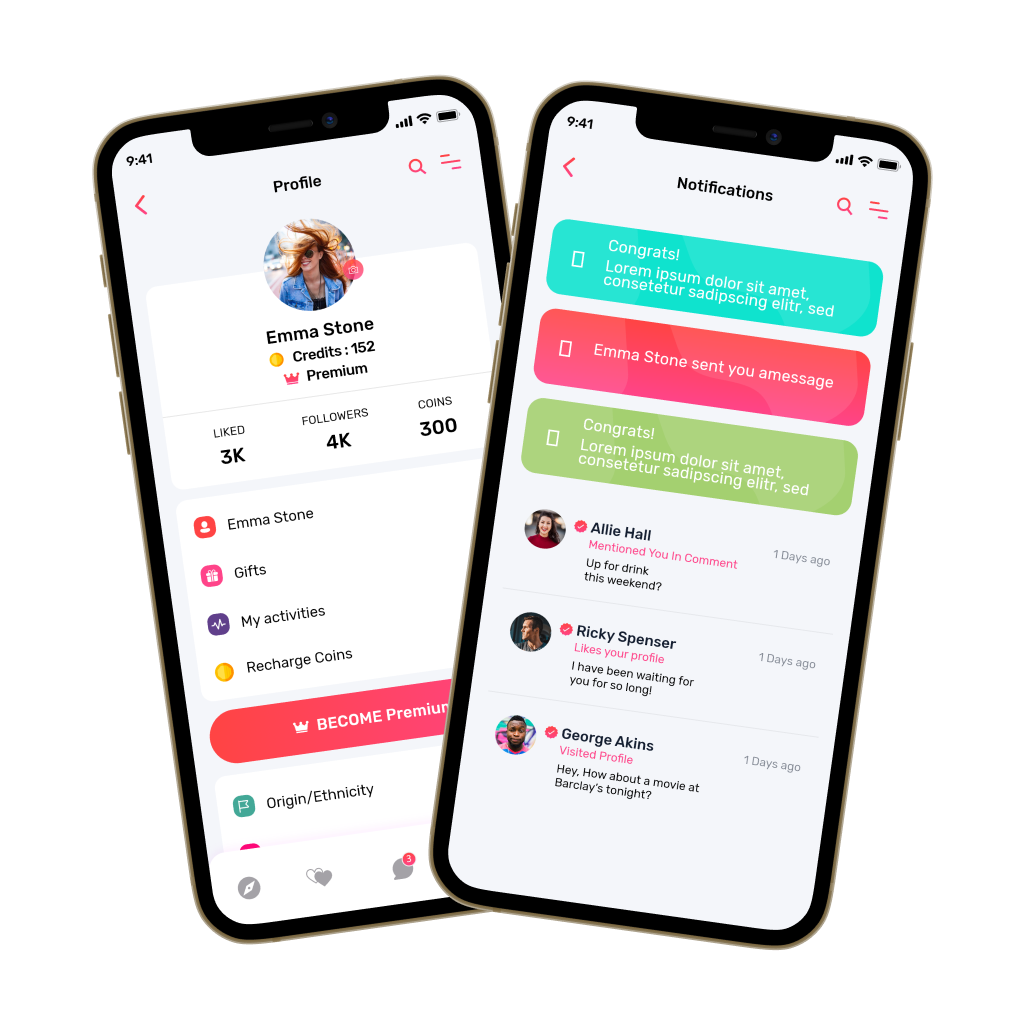Maintaining a healthy diet is challenging, especially when tracking calories manually. AI-powered photo calorie apps help by using machine learning and computer vision to analyze food images, estimate calorie counts, and offer nutritional insights. An AI photo calorie app allows users to simply take a picture of their meal for instant calorie estimations, avoiding manual logging hassles. For those interested in photo calorie app like CalorieMama AI development, understanding the technology behind it is crucial.
One of the top players in this space is Caloriemama AI, a widely recognized app that leverages deep learning and extensive food databases to identify a vast range of foods accurately. By providing real-time nutritional analysis, it helps users track their diet effortlessly and make informed eating decisions. As AI-driven nutrition tracking gains momentum, businesses and entrepreneurs have a unique opportunity to tap into this growing market and create innovative solutions in the health and wellness industry.
This blog provides a step-by-step guide on the step-by-step process of an AI photo calorie app like Caloriemama AI development. From key features and technology stacks to development costs.
Understanding the Photo Calorie App Market
According to the reports provided by Reports and Data, the mobile health app market is set to hit $311 billion by 2027, maintaining a CAGR of 17.6%, and the AI photo-calorie app is one of these. New startups attract investors by using AI food recognition for precise calorie tracking.
Why Investors Are Entering the AI Nutrition Tech Sector
Recent funding trends highlight strong investor confidence in AI-powered nutrition technology. SnapCalorie raised $2 million in 2023 for its innovative LiDAR-powered portion sizing, enhancing food recognition accuracy. Meanwhile, Lifesum secured $10M to expand its AI photo logging, proving the demand for next-gen nutrition apps and making nutrition management more engaging and community-driven. These investments underscore the growing market potential of AI-driven food recognition and calorie estimation solutions.
Gaps in the Current Market
While leading apps like MyFitnessPal dominate the nutrition tracking space, they face key limitations that leave room for innovation. These include poor accuracy in recognizing ethnic and homemade foods, the lack of portion size detection, and outdated database models that fail to keep up with evolving dietary trends.
These gaps create significant opportunities for new entrants to disrupt the market with:
- Specialized apps tailored for specific needs, such as diabetes management, bodybuilding, or ethnic cuisine tracking.
- Advanced AI solutions, including 3D scanning and real-time API integrations for more precise food recognition.
- New engagement models like social features, gamification, and AI-driven meal recommendations to boost user retention.
By addressing these challenges, anyone who wants to enter this niche can attract users looking for more accurate, personalized, and engaging calorie-tracking solutions.
Why Build a Photo Calorie App?
With rising health awareness, more people are seeking efficient and hassle-free ways to track their diet. Manual food logging is often tedious and inaccurate, which is why AI-powered photo calorie apps are gaining widespread popularity. These apps simplify the whole process; users just snap a photo of their meal, and AI instantly analyzes the image to provide accurate calorie and nutritional data.
Apps like Calorie Mama and SnapCalorie use AI and computer vision to recognize food items in seconds, eliminating the need for manual input.
Meanwhile, MyFitnessPal has enhanced its functionality with barcode scanning and a vast food database, making nutrition tracking even more seamless.
Because of these apps’ accuracy and ease of use, they are rapidly growing in demand, fueling significant expansion in the health tech market. As AI technology continues to evolve, photo calorie apps are set to become even more sophisticated, creating exciting opportunities for businesses looking to enter the booming health and wellness industry.
How Photo Calorie Apps Work With AI
Photo calorie apps leverage Artificial Intelligence to analyze meal images and estimate their nutritional value in seconds. Using computer vision (CV), deep learning, machine learning, optical character recognition (OCR), and food databases, these apps automate the calorie-counting process with high accuracy.
Step 1: Image Capture & AI-Powered Food Recognition
Users start by taking a photo of their meal using the app. AI-driven computer vision models, such as Convolutional Neural Networks (CNNs), analyze the image to identify different food items. These models are trained on massive datasets containing thousands of labeled food images, allowing them to recognize different dishes based on shape, color, texture, and context.
Step 2: Image Preprocessing for Enhanced Accuracy
Before analysis, AI-powered image enhancement techniques improve the photo’s clarity. This includes:
- Noise reduction to remove distortions.
- Brightness & contrast adjustments to highlight food details.
- Segmentation algorithms separate individual food items from the background.
This preprocessing ensures that AI can accurately recognize foods in various lighting conditions and plate arrangements.
Step 3: AI-Based Object Detection & Food Classification
AI scans the processed image using advanced object detection algorithms such as YOLO (You Only Look Once) and Faster R-CNN to detect multiple food items in a single image. These models help:
- Identify complex dishes with multiple ingredients.
- Distinguish between visually similar foods, like whole wheat vs. white bread.
- Recognize different cuisines by analyzing textures and preparation styles.
For packaged foods, Optical Character Recognition (OCR) extracts nutritional information from labels or restaurant menus, allowing the AI to match barcode data with food databases.
Step 4: AI-Powered Portion Size & Volume Estimation
Estimating portion size is critical for accurate calorie tracking. AI uses:
- Depth sensors (if available on the device) to measure food volume.
- Volumetric analysis via deep learning to estimate portion sizes based on plate size, food shape, and comparative references.
- 3D modeling algorithms that reconstruct food items to determine quantity.
This step ensures that calorie calculations are accurate, as portion size plays a key role in determining total nutritional intake.
Step 5: AI-Driven Calorie & Nutrient Calculation
Once food items and portion sizes are determined, the app cross-references the data with nutritional databases like:
- USDA Food Database
- Nutritionix API
- Custom AI-trained food nutrition models
Using predictive analytics and ML-based regression models, the app estimates:
- Calories
- Macronutrients (carbs, proteins, fats)
- Micronutrients (vitamins, minerals, fiber, sodium, etc.)
Step 6: ML-Based User Feedback & Continuous Improvement
To improve accuracy, these apps integrate a user feedback loop:
- Users can manually correct misidentified food items or portion sizes.
- AI uses reinforcement learning techniques to update its recognition models based on real-world data.
- Some apps implement federated learning, where anonymized data from multiple users trains the AI without compromising privacy.
Development Process of the AI Photo Calorie App
Building a successful photo calorie app requires cutting-edge AI integration, precise nutritional databases, and seamless user experience design. Here’s a step-by-step breakdown of the development process.
1. Market Research & Consult
Thorough market research is essential before development to understand user behavior, industry trends, and competitor strategies. Analyzing apps unveils the strengths and weaknesses of existing solutions. The growing demand for AI-powered nutrition tracking presents an opportunity to create a more advanced, user-friendly app. Competitive analysis determines unique features, pricing models, and monetization strategies for differentiation.
2. UI/UX Design
A well-crafted UI/UX is essential for user retention and engagement. Wireframes and prototypes for a seamless user experience are created using Figma and Adobe XD. React Native facilitates front-end development for cross-platform support, while Swift (iOS) and Kotlin (Android) enhance native performance. The interface should be straightforward, featuring easy meal logging, a minimalist dashboard, and smooth navigation between devices.
3. AI Model Training
Food recognition using AI is the core feature of the app, which has to be extensively trained using machine learning algorithms. TensorFlow and PyTorch are used to develop deep-learning algorithms that can process food images, identify ingredients, and estimate portion sizes. Google AutoML can be used to train the model with minimal human intervention. Google Vision API provides image processing capabilities, which increases the accuracy of food item detection and differentiation between visually similar dishes.
4. API Integration
To provide accurate nutrition data, the app should be integrated with trustable APIs such as USDA FoodData Central, Nutritionix, and Open Food Facts. These APIs provide real-time access to rich food databases to provide accurate calorie and nutrient counts. Barcode scan functionality can also be integrated with these APIs to scan foods from packages.
5. Frontend Development
The front end ensures a seamless user experience. React Native offers cross-platform functionality, cutting development time and costs. Swift optimizes iOS, while Kotlin enhances Android. The Google Vision API processes food images for immediate recognition and calorie estimation. Users can search for foods, log meals, and track calories through the USDA and Nutritionix APIs. Responsive design guarantees smooth interactions across all screen sizes and resolutions.
6. Backend Development
The backend integrates AI models for seamless data processing. When a user uploads a food picture, the AI analyzes it, estimates portion sizes, and sends the data to Node.js and Django. Firebase enables real-time meal logging, while AWS S3 and Google Cloud store food images for AI improvement. The backend relies on USDA FoodData Central and Nutritionix APIs for accurate nutritional information. Processed data is displayed on the front end, allowing users to monitor their consumption and receive personalized dietary insights.
7. Testing & QA
Pre-launch testing verifies AI accuracy, app performance, and data security. The AI model processes food images to validate recognition. Performance tests confirm smooth operation across devices and networks. Security measures safeguard user data during authentication and cloud storage. Docker and Kubernetes enhance application scalability and stability. CI/CD pipelines automate deployment and testing for continuous updates and bug fixes without disrupting user experience.
8. Launch & Optimize
A solid launch strategy increases app visibility and user engagement. App Store Optimization (ASO) enhances discoverability on Google Play and the Apple App Store. Effective keywords, engaging descriptions, and appealing images boost search results. Collaboration with trainers, nutritionists, and medical professionals as influencers drives organic traffic. Firebase Auth and OAuth secure onboarding. Post-launch updates and AI advancements maintain engagement and success.
Work with Ex-MAANG developers to build next-gen apps schedule your consultation now
Cost of Developing an AI-Enabled Photo Calorie App
The cost of developing a photo calorie app depends on factors like AI complexity, database integration, and platform compatibility. Below is a cost breakdown based on key development steps.
| Development Step | Task | Description | Estimated Cost |
| Market Research & Consultation | Market analysis & competitor research | Understanding user needs, trends, and monetization models. | $2,000 – $5,000 |
| UI/UX Design | Wireframing & prototyping | Creating intuitive designs for seamless user experience. | $3,000 – $8,000 |
| AI Model Training | AI-powered food recognition | Training ML models for image processing & calorie estimation. | $10,000 – $30,000 |
| API Integration | Nutrition & barcode scanning | Integrating food databases (USDA, Nutritionix) & barcode scanners. | $5,000 – $15,000 |
| Frontend Development | App interface development | Building user-friendly interfaces with React Native, Swift, or Kotlin. | $7,000 – $20,000 |
| Backend Development | AI processing & storage | Setting up servers, databases, and AI-powered data processing. | $8,000 – $25,000 |
| Testing & QA | Bug fixes & security checks | Ensuring AI accuracy, performance, and security compliance. | $3,000 – $10,000 |
| Launch & Optimization | App Store optimization & updates | Improving discoverability and post-launch enhancements. | $2,000 – $7,000 |
The actual cost will be based on the complexity of the project, the level of customization, and the security requirements. Moreover, factors such as the completion timeline and the expertise of the team engaged can also affect the final cost.
Challenges & Solutions in Developing a Photo Calorie App
Developing an AI-powered photo calorie app comes with several challenges, from ensuring accurate food recognition to handling user data securely. However, with the right strategies and technologies, these challenges can be effectively addressed.
1. Accuracy Issues
Challenge: Food appearance varies based on preparation methods, ingredients, and lighting conditions. Different cooking styles (fried, grilled, or baked) can alter calorie content, making it difficult for AI models to provide precise estimations. Portion size estimation is another major hurdle, as it directly impacts calorie calculations.
Solution: Implementing advanced deep learning models trained on diverse food datasets can improve recognition accuracy. Integrating depth sensors or AI-powered volumetric analysis can enhance portion size estimation. Additionally, allowing users to adjust food types and portions manually provides a feedback loop that refines AI predictions over time.
2. Data Privacy Concerns
Challenge: Photo calorie apps handle sensitive health-related data, including meal logs and dietary habits. Ensuring compliance with data protection regulations like GDPR and HIPAA is critical to maintaining user trust.
Solution: Encrypting user data with end-to-end encryption and implementing privacy-preserving AI techniques like federated learning can enhance security. Providing clear consent options and allowing users to control their data ensures compliance with privacy laws and improves transparency.
3. High Computational Costs
Challenge: Running AI models for real-time image processing requires significant computational power, which can slow down performance and increase infrastructure costs.
Solution: Optimizing AI models using efficient neural networks like MobileNet reduces processing time without compromising accuracy. Cloud-based AI processing can offload heavy computations, ensuring smooth app performance while keeping device requirements minimal.
4. Keeping the Food Database Updated
Challenge: Nutritional databases must be constantly updated to include new foods, restaurant meals, and evolving dietary trends. An outdated database can lead to inaccurate calorie estimations.
Solution: Integrating APIs from trusted sources like the USDA Food Database and Nutritionix ensures the app has access to the latest nutritional information. Additionally, incorporating crowdsourced data where users contribute new food entries (validated by AI and nutrition experts) helps keep the database comprehensive and up-to-date.
Conclusion
AI-powered photo calorie apps transform nutrition tracking. Using computer vision and deep learning, users can monitor calories by photographing meals. As health awareness increases, demand for these solutions rises, offering a promising market for entrepreneurs. Despite challenges like accuracy and data privacy, advancements in AI and cloud computing help address them. By refining AI models and securing data, developers can build accurate, user-friendly calorie-tracking apps.
For businesses looking to enter this space, now is the perfect time to invest. The growing adoption of health and fitness technologies presents a lucrative opportunity to develop an innovative app that can help users make better dietary choices, improve their health, and simplify nutrition tracking.
Develop an AI-powered Photo Calorie App with IdeaUsher!
Our team of engineers possesses expertise in AI, machine learning, and developing mobile apps to design innovative photo calorie-tracking apps. IdeaUsher specializes in designing AI-driven apps such as CalorieMama, utilizing state-of-the-art computer vision, sophisticated deep learning models, and smooth backend integrations to track nutrition accurately and in real time.
With a team of skilled ex-MAANG/FAANG engineers, we provide innovative solutions such as AI-based food recognition, personalized diet plans, and direct API integrations with nutrition databases such as USDA and Nutritionix. Our solutions are highly accurate, scalable, and user-friendly, allowing businesses to capitalize on the surging interest in AI-based health applications.
Partner with IdeaUsher to create a feature-packed, AI-based photo calorie app that transforms nutrition tracking.
Explore our portfolio to take a closer look at the development solutions we offer!
Work with Ex-MAANG developers to build next-gen apps schedule your consultation now
FAQs
Q.1. How do you take a photo to estimate calories?
Using a photo calorie app, individuals simply photograph what they are eating using their phone camera. The app AI identifies food, estimates portion sizes, and searches calorie and nutrition data from aggregated databases. It all shows up on the screen at the same time so that users can monitor it easily.
Q.2. Can AI determine calories from a photo?
Yes, computer vision and machine learning are used by AI-based calorie apps to recognize food in a picture. By measuring portion sizes and comparing them to databases like USDA FoodData Central and Nutritionix, AI estimates calorie content with incredible accuracy. Continuous learning improves accuracy over time, so AI-based calorie tracking becomes increasingly reliable.
Q.3. How can you create personalized user experiences in calorie counter apps?
Personalization within calorie-tracking applications occurs via user profiles, AI-driven insights, and adaptive suggestions. Users input their age, weight, height, activity level, and dietary objectives, and the application adjusts calorie targets and food suggestions based on that. AI analyzes eating habits over time, offering personalized diet plans and reminders to keep users on track. Wearable and fitness tracker integrations provide an added layer of personalization by connecting activity levels with nutritional tracking.
Q.4. What are the advantages of a photo calorie app?
A photo calorie app simplifies nutrition tracking through the removal of manual logging, making it a simple solution. AI-powered food identification ensures accurate estimates of calories and nutrients through image analysis of meals. Personalized coaching keeps users on track with health goals through AI recommendations. Simple tracking and interactive features boost engagement and encourage frequent use. Furthermore, integration with fitness apps offers end-to-end health tracking by syncing nutrition and activity tracking.
